Occupation of Syria’s highest peak Mount Hermon part of ‘Greater Israel’ project
By Alireza Akbari
After days of aggression and land theft, Israeli Prime Minister Benjamin Netanyahu described his December 17 visit to Mount Hermon in Syria as an “assessment” of the Israeli military’s activities on the Arab country's highest mountain range.
Flanked by Israeli occupation soldiers and senior military officials, Netanyahu, wearing a bulletproof jacket, visited Mount Hermon on Tuesday and issued a video message from the summit.
He justified his presence as part of an “assessment to decide the development" of Israeli forces, while hiding the fact that it was part of the regime's "Greater Israel" project.
Netanyahu's remarks came just nine days after another video message in which he described the collapse of Bashar al-Assad's government in Syria as a “great opportunity.”
In the same message, he defended Israeli airstrikes and the incursion of tanks and armored bulldozers into Syrian territory beyond the occupied Golan Heights, calling them a “temporary defensive position.”
“I'm here on the summit of Mount Hermon," Netanyahu stated during his visit to the strategic mountain. "We will determine the best arrangement that will ensure our security,”

“This is nostalgic for me. I was here 53 years ago with my soldiers in the General Staff Reconnaissance Unit,” he added, reflecting on his past presence in Jabal al-Shaykh.
The Mount Hermon cluster, forming the southern end of the Anti-Lebanon mountain range, straddles the border between Syria and Lebanon at its summit and overlooks three countries - Syria, Lebanon and Palestine - making it strategically important.
Netanyahu’s visit came on the heels of his approval of a controversial plan to expand settlements in the occupied Golan Heights. The move, aimed at doubling the number of illegal settlements in the area, was framed by Tel Aviv as a measure to bolster its so-called "defensive posture."
The Israeli-occupied Golan Heights is home to approximately 20,000 Druze population, a small ethno-religious community.
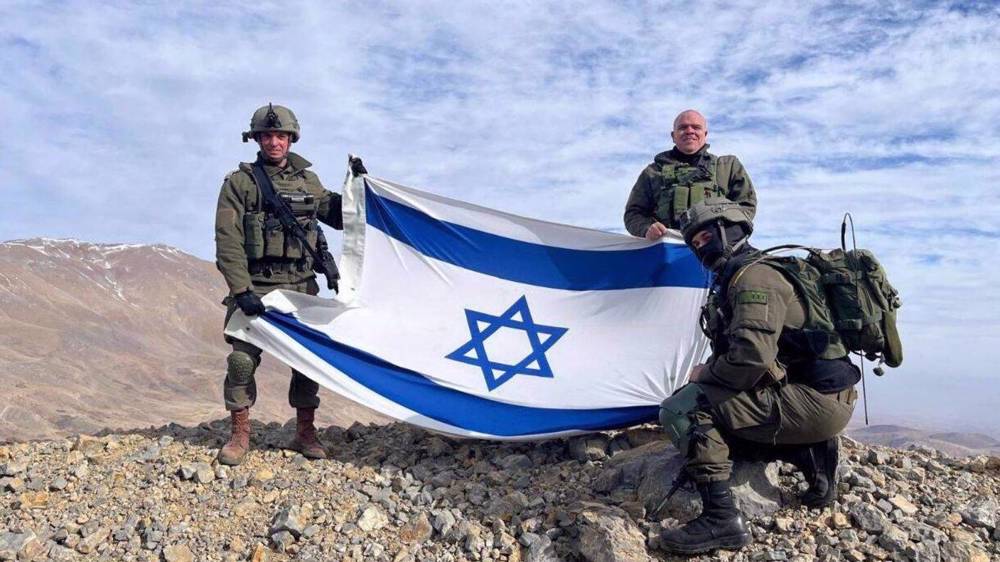
The movements of Israeli forces around the Mount Hermon area in the days leading up to Netanyahu’s visit have raised alarm among analysts and observers with many suggesting that the regime aims to position Mount Hermon as a strategic asset in the post-Assad era.
Reports preceding Netanyahu’s visit said the Israeli regime has been planning to dig a “trench” in the area, ostensibly to sever supply lines to Lebanon. Observers noted the deployment of Israeli engineering equipment on the slopes of Mount Hermon, signaling intensified activity in the region.
Israeli forces also entered the village triangle of Qusayr, Kouia, and Maaria near the Syrian-Jordanian border. Their incursion into Daraa province sparked concerns, as it positioned Israeli forces closer to crossing the Yarmouk River via the Unity Dam, a vital waterway shared between Syria and Jordan.
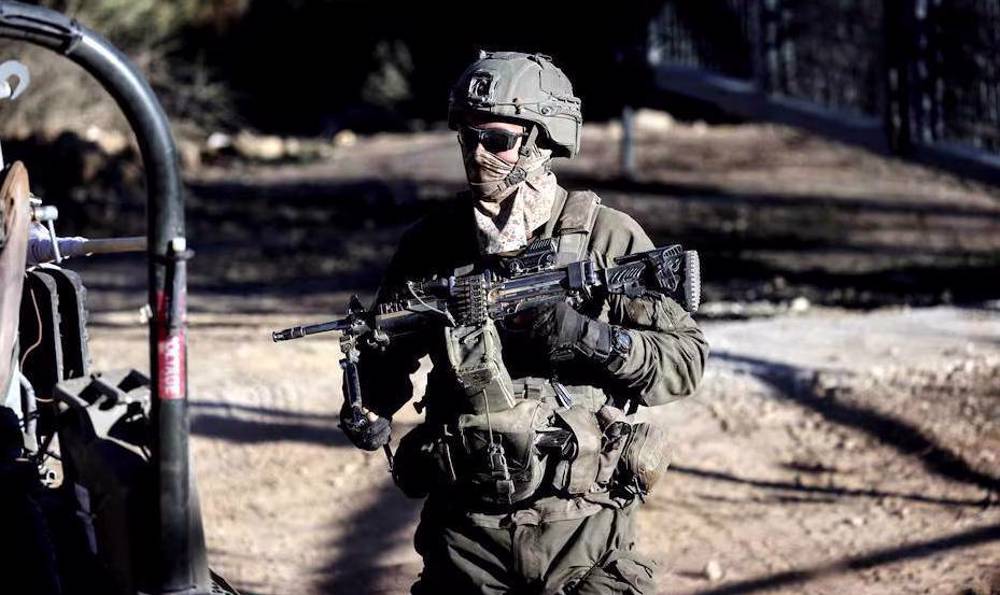
Israeli forces have also reportedly been conducting intensive searches and systematic destruction in parts of the occupied territories in Syria, aiming to force residents to flee.
Coupled with Netanyahu’s remarks and the incursions by Israeli forces into Syrian territory in the days leading up to his Mount Hermon visit, observers say the Israeli regime is exploiting Syria’s power vacuum to pursue further expansionist ambitions.
They suggest this strategy is aimed at consolidating control over Mount Hermon, a site of critical geographic and strategic significance.
Mount Hermon, a snowcapped ridge on the Lebanon-Syria border west of Damascus, rises to 9,232 feet (2,814 meters), making it the highest point on the eastern Mediterranean coast.
Often regarded as the southernmost extension of the Anti-Lebanon mountain range, its slopes give rise to vital waterways. The summit lies in a buffer zone that has separated Israeli and Syrian forces for over 50 years.
Known historically by names such as Sirion and Senir, Mount Hermon has been a sacred landmark since the Bronze Age, marking the northwestern boundary of Israelite conquest under Moses and Joshua. Its slopes are home to temples with Greek inscriptions dating back to approximately 200 CE.
Revered for its beauty, the mountain has earned titles like the “snowy mountain,” the “gray-haired mountain,” and the “mountain of snow.”
However, Israelis refer to it as “the eyes of the nation,” underscoring its elevation role as the centerpiece of Israel’s primary Strategic Early Warning System (SEWS).
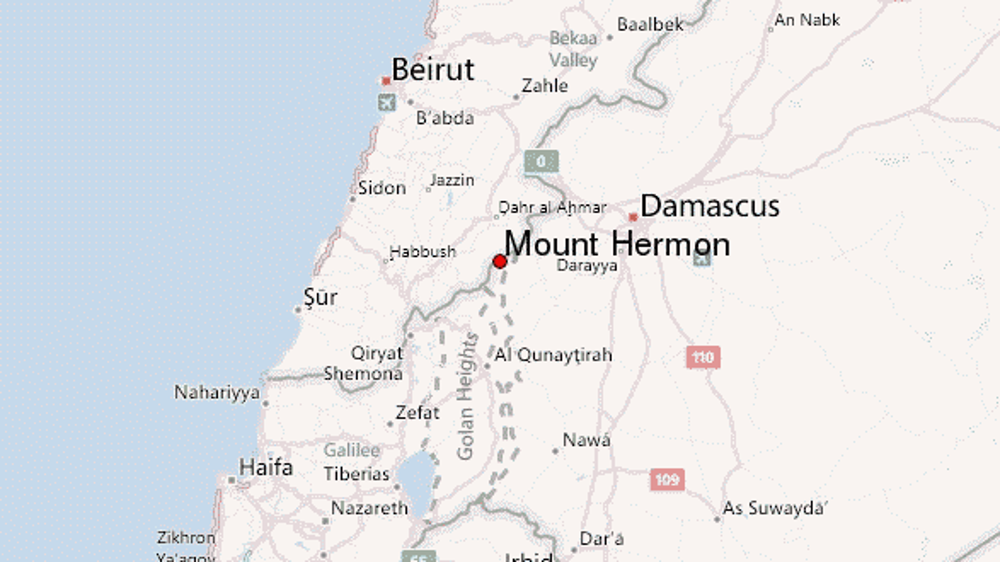
Since the Arab-Israeli War of June 1967, approximately 40 square miles (100 square kilometers) of Mount Hermon’s southern and western slopes have been under Israeli occupation.
However, following the collapse of the Assad government, Israeli forces have advanced beyond the mountain’s summit, reaching as far as Beqaasem, a village located just 25 kilometers from Damascus, according to the Syrian activist group, Voice of the Capital.
Israel also occupies the Golan Heights, a strategic plateau in southwestern Syria adjacent to Mount Hermon. Seized during the 1967 war, the area has remained under Israeli control despite international condemnation and demands for its return to Syria.
According to analysts, Mount Hermon’s summit represents a critical asset under Israeli control. At 9,232 feet (2,814 meters), it is the highest point in both Syria and the occupied Palestinian territories, surpassed in elevation only by one peak in Lebanon. This geographic dominance has significant strategic value, offering a commanding view of the surrounding region.
The summit is also home to the United Nations buffer zone, which separates Syrian and Israeli-occupied territories. The UN maintains the world’s highest permanently manned position at this location, known as "Hermon Hotel," situated at the peak's 2,814-meter altitude (9,232 feet).
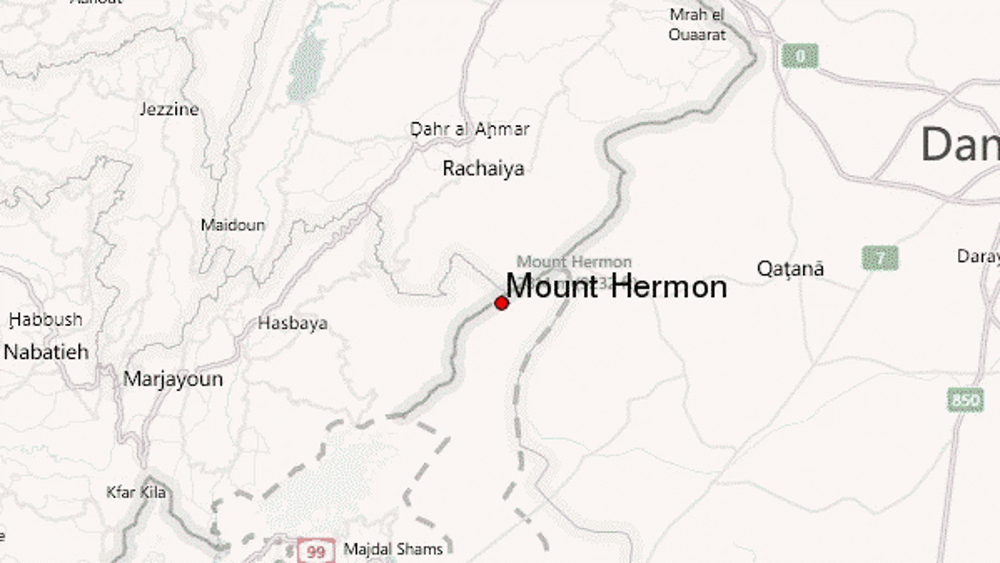
The southern slopes of Mount Hermon extend into the Israeli-occupied portion of the occupied Golan Heights, where the Mount Hermon ski resort is located.
Located about 11 kilometers (6.8 miles) southwest of Mount Hermon, Mitzpe Hashlagim is the highest peak in both Palestine and the Israeli-occupied Golan Heights, rising to 2,236 meters (7,336 feet).
Mount Hermon itself is a cluster of mountains with three distinct summits, each roughly the same height. The majority of the mountain within the Israeli-occupied area is designated as the Hermon Nature Reserve, underscoring its environmental and strategic significance.
“This is the highest place in the region, looking upon Lebanon, Syria, and Israel,” said Efraim Inbar, director of the Jerusalem Institute for Strategy and Security (JISS). “It’s strategically extremely important. There is no substitute for mountains.”
Inbar elaborated on the mountain's critical role, noting that it allows for extensive electronic surveillance deep into Syrian territory, offering Israel crucial early-warning capabilities in the event of an attack.
“Advanced technological alternatives like airborne surveillance simply cannot compare," he was quoted as saying, “Unlike a mountain-based installation, they cannot support heavy equipment like large antennas and can be shot down by anti-air missiles.”
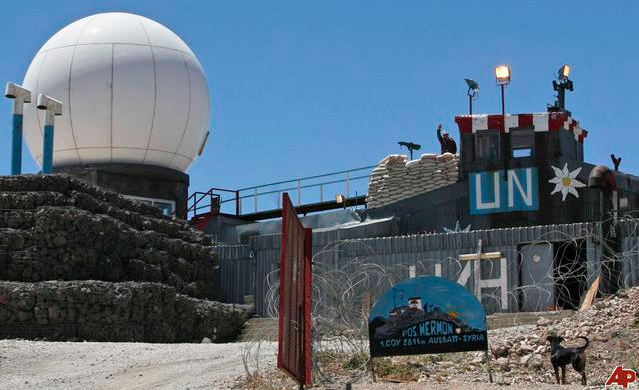
On December 13, Israeli military affairs minister Israel Katz ordered Israeli troops to prepare for a winter stay on the 2,800-meter-high, snow-capped Mount Hermon.
Katz’s directive was interpreted as a sign that Israel's presence in Syria is set to continue for a prolonged period, with the Tel Aviv regime viewing the summit as a strategic asset for observation.
A day later, Israeli army chief Herzi Halevi echoed Katz, stating that Israel was closely monitoring movements from the mountain “to ensure that local elements aren’t moving in our direction.”
He also warned of a “very strong offensive and defensive response” if the situation escalated.
Mount Hermon,known for its military significance and geopolitical sensitivity, has been the subject of multiple UN resolutions, particularly regarding its occupation by Israel following the 1967 Six-Day War.
Resolution 242, adopted in the aftermath of the 1967 war, remains a cornerstone of international discourse on occupied territories, including Mount Hermon.
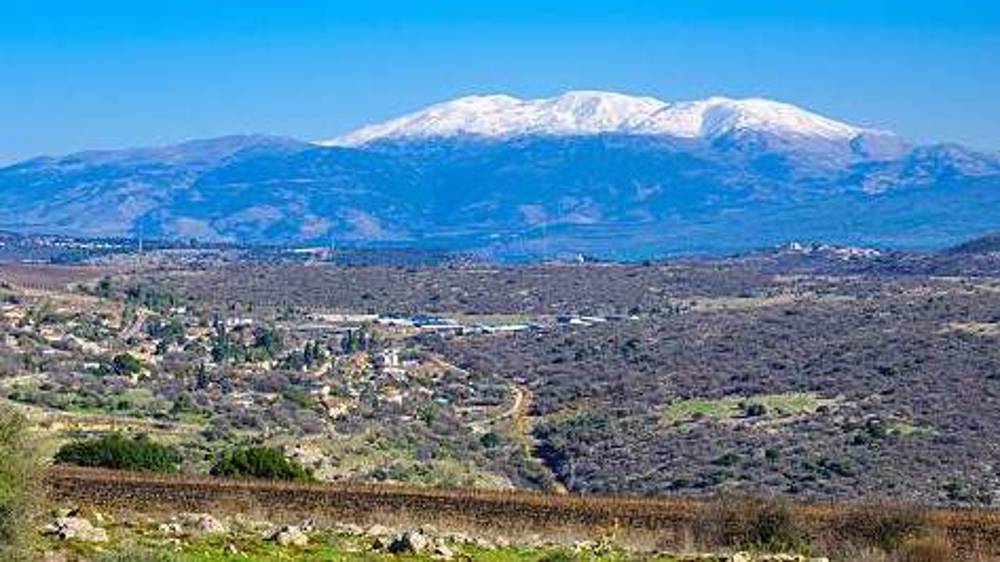
It calls for the withdrawal of the Israeli regime's armed forces from territories seized during the war and affirms the inadmissibility of acquiring land by force.
While Mount Hermon is not specifically mentioned, the resolution applies to all territories Israel occupied in 1967, including the occupied Golan Heights, of which the mountain is a key part.
In 1973, Resolution 338, adopted during the Yom Kippur War, reinforced the principles outlined in Resolution 242 and called for a ceasefire along with the initiation of peace negotiations.
In 1981, Israel unilaterally annexed the Golan Heights, including Mount Hermon, in defiance of international law. The annexation was condemned by the UN Security Council in Resolution 497, which declared the action "null and void."
The resolution reaffirmed that the occupied Golan Heights, including Mount Hermon, are considered Syrian territory under international law, demanding that Israel reverse its annexation decision.
This resolution underscores Mount Hermon's status as occupied land and highlights the illegality of any unilateral attempts to alter its status.
Despite the UN resolutions calling for Israel's withdrawal from the occupied Golan Heights, the Israeli regime’s recent actions around Mount Hermon have come under heavy criticism from activists and observers on social media.
Many have labeled the movements as “a mortal threat” to Syria’s sovereignty and territorial integrity.
Journalist Séamus Malekafzali pointed to the presence of Israeli figures alongside Netanyahu at Mount Hermon, openly signaling Israel’s ongoing occupation of Syrian territory.
“Netanyahu, his defense minister, and the IDF Chief of Staff are on Mount Hermon in occupied Syrian territory. No worries, no concerns, and announcing they will stay in the territory they have now seized for the foreseeable future,” Malekafzali wrote on his X (formerly Twitter).
“Guys, forget about geopolitics for a moment while Netanyahu is taking credit from the occupied Golan,” wrote American journalist Max Blumenthal, criticizing how Netanyahu has openly taken credit for Israel's control over the occupied territories.
Investigative journalist and analyst Ben Norton also highlighted Netanyahu's claims about Israel's control over Mount Hermon, emphasizing the implications for regional tensions.
“Israel is colonizing Syrian land. Wanted war criminal Netanyahu boasts that his regime seized Mount Hermon, Syria's highest mountain,” he stated.
Norton detailed Israel's intentions regarding the mountain, saying the regime "plans to use it to host radar systems to spy on Syria and Lebanon."
'Gaza has won': Social media users react to ceasefire with mix of relief, joy
Iran seeks South Korea’s assistance for AI, fiber-optic projects
VIDEO | Iran's 'Eqtedar' (Power) maneuver
Israel hits HTS military target in Syria for 1st time since fall of Assad
VIDEO | Press TV's news headlines
Israel has slaughtered 13,000 students in Gaza, West Bank
VIDEO | More Zionist than Zionists: Biden’s legacy to be defined by Gaza genocide
Hamas confirms handing approval of Gaza ceasefire deal to mediators


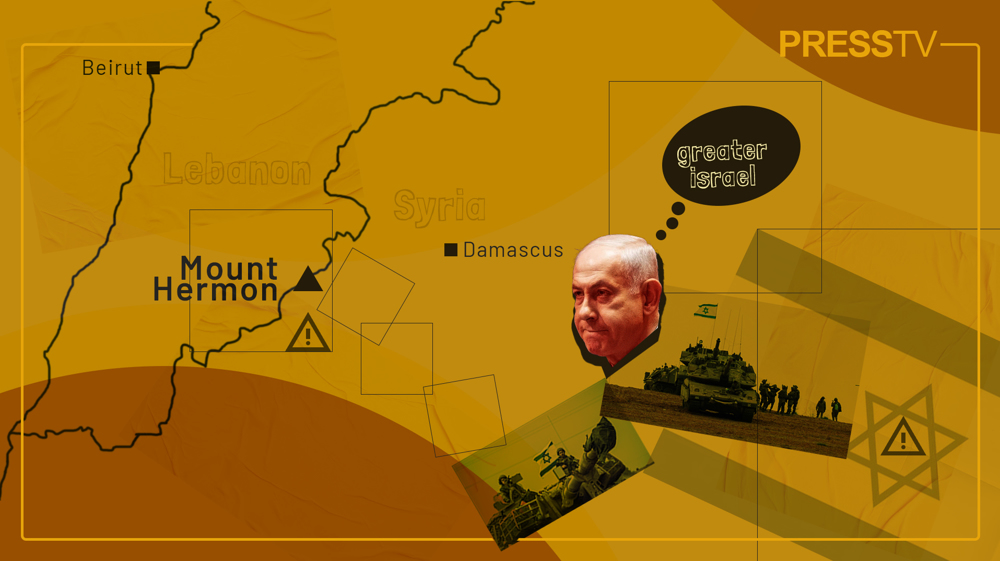
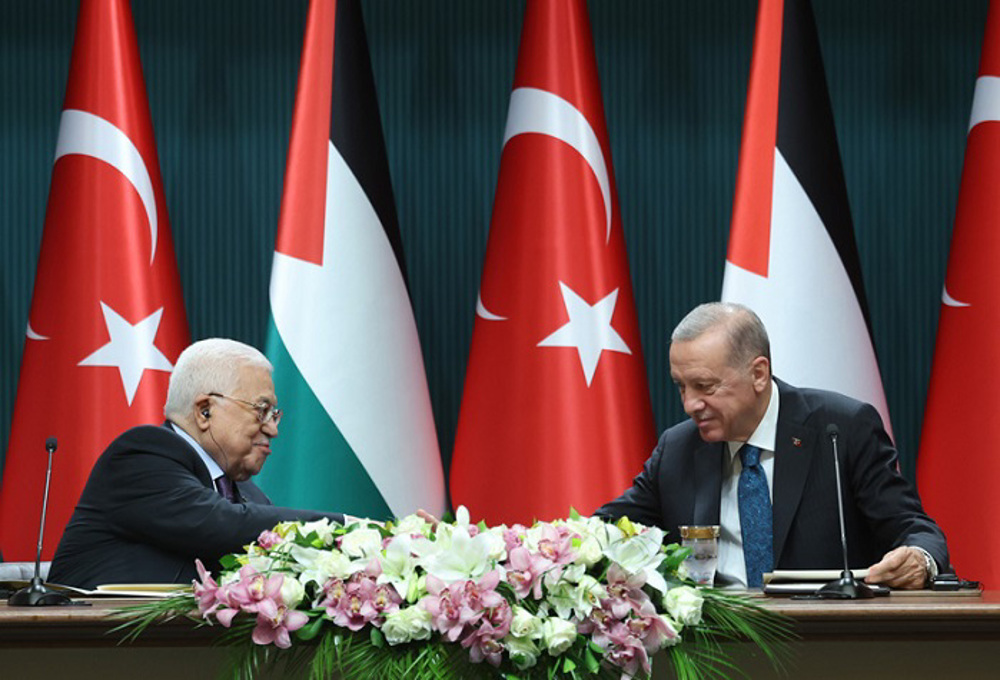

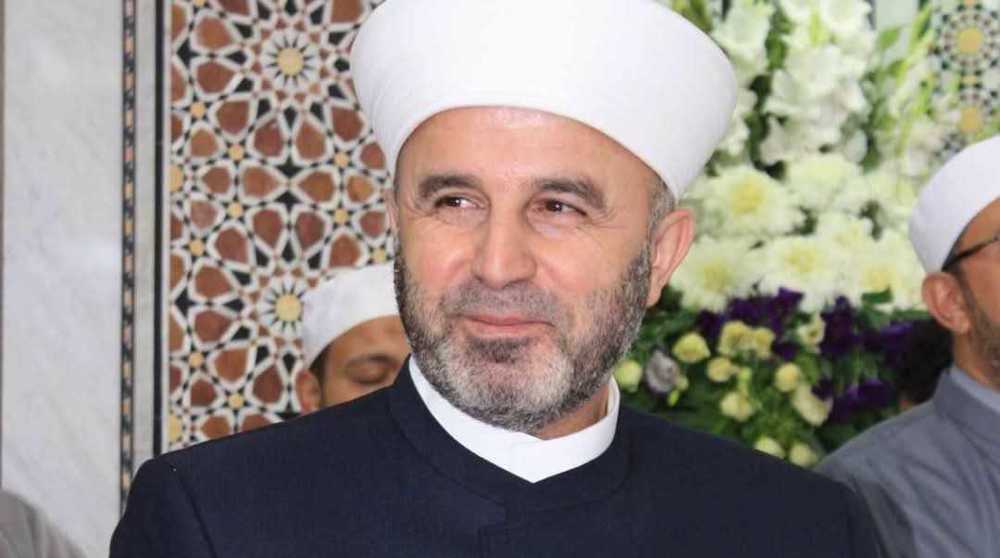



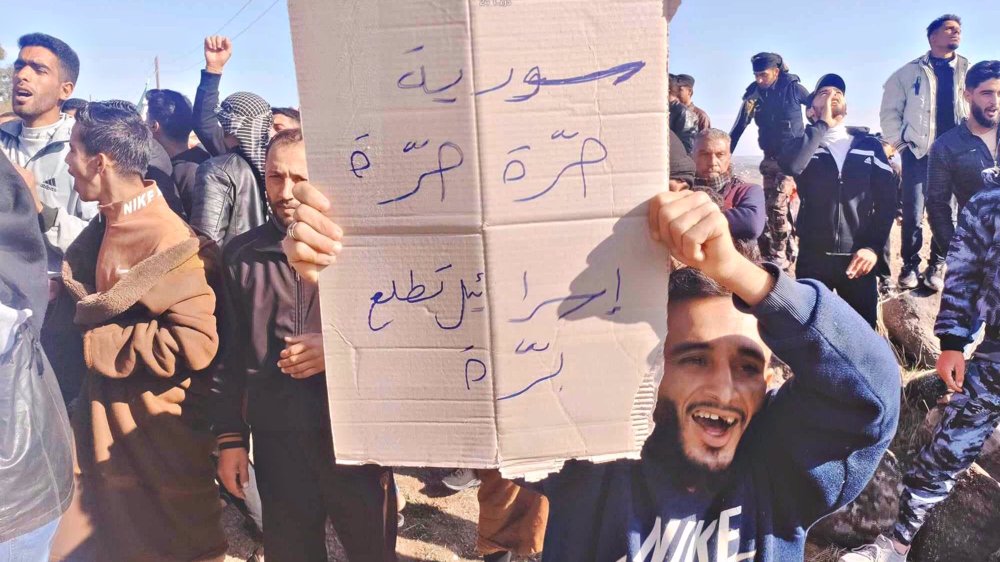
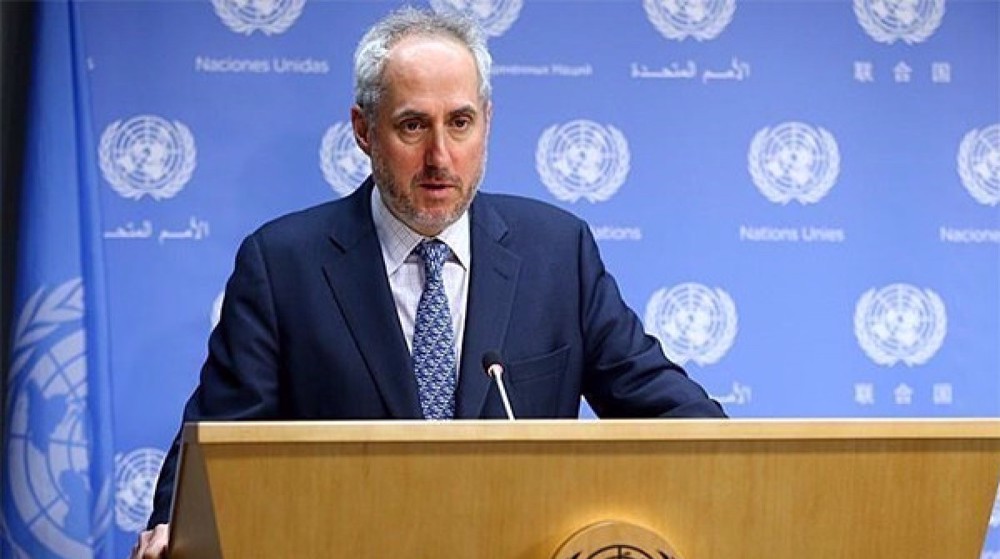


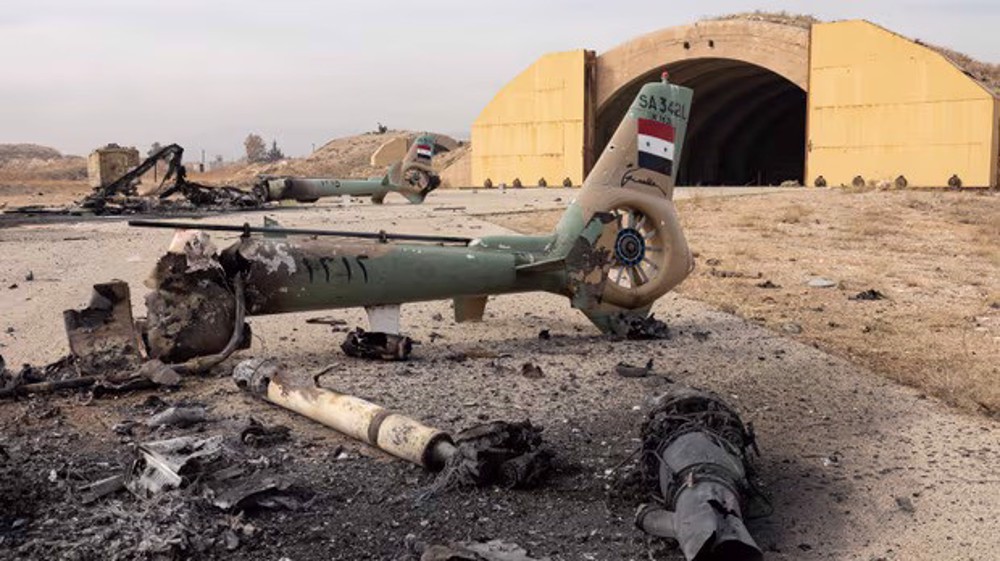

 This makes it easy to access the Press TV website
This makes it easy to access the Press TV website